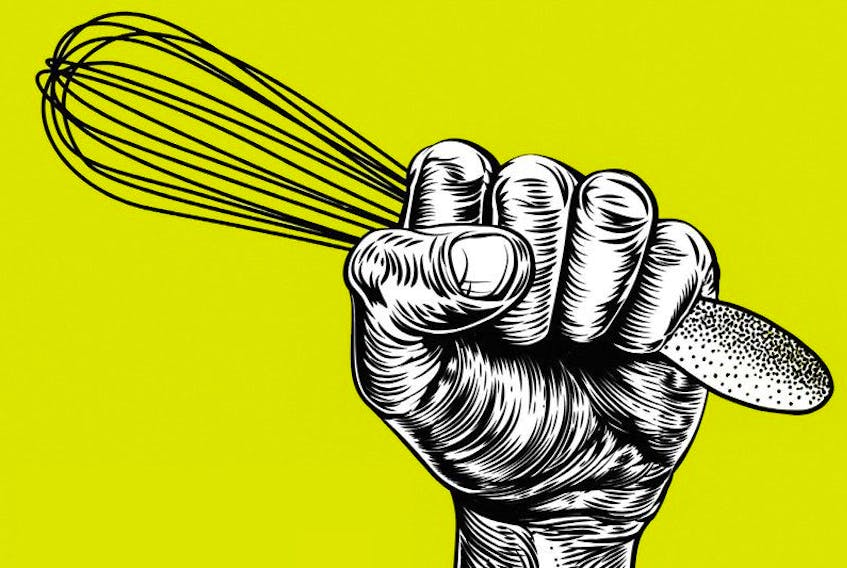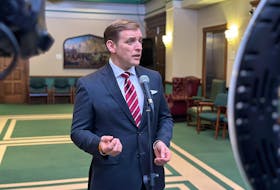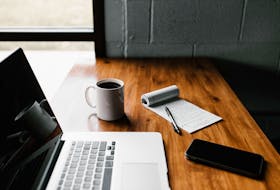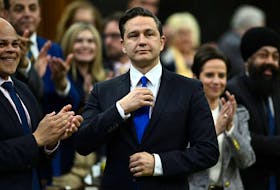By Ailsa Craig
Democracy relies on consultation. If governance is to be democratic, there must be ongoing opportunity for those of us outside government to participate.
It is not enough that we vote for those we feel are best suited to represent us. Those elected officials and their offices must then ensure ongoing communication with constituents, and engage with those who are directly affected and therefore well positioned to give feedback on effective policy, successful programs and community needs.
Government knows this — it knows there must be consultation. But the ways consultation happens often seem to meet bureaucratic government requirements, without paying attention to the needs of constituents.
Instead of fostering productive dialogue that would benefit all involved, well-intentioned consultations can alienate those they were meant to engage.
I speak not as an expert on democratic governance but as one who is sometimes “consulted.” This consultation has ranged from the broad-based work of being an invited participant in a day-long workshop on health and wellness in the province, to more focused requests for group presentations to select politicians on the realities and needs of LGBTQ citizens, to direct personal consultation, where MHAs have called on my expertise for input on LGBTQ issues for the province. In all of this experience, instead of consultation involving reciprocal engagement between government and “the rest of us,” current practice has felt like being “harvested” to meet government needs, and never being given a chance to cook or to eat.
This is as true for developments like deliberative polling as it is for traditional consultative processes where community groups or individuals provide feedback and information to aid politicians in their work.
Central to this problem is that, too often, those of us in marginalized groups are consulted, but it is unclear what happens with our thoughts, feedback and opinion once we leave the room. Consultation processes, while they may tick off boxes for those performing them, therefore miss the opportunity to increase engaged democratic participation. Instead of fostering productive dialogue that would benefit all involved, well-intentioned consultations can alienate those they were meant to engage.
How do we know you are listening? Was this a waste of my time? What are they going to do with what I said? Why did they ask us that?
In addition to these frustrations, there can be the irritation of feeling we are being mollified — that, after giving hours of time, we are agreed with, thanked profusely as we leave, and will never hear a word or see any action related to that about which we were “consulted.” Even with online consultation (a process that aims to expand possibilities for engagement), there are no assurances that the efforts of citizens have any effect on government decisions.
It is unrealistic to think people will work for free if we never see the results of the work we do. It is also unrealistic to think people will fully engage in a conversation if there is no evidence anyone is listening. This does not mean everyone must be paid (indeed, that would raise ethical problems), and it does not mean the government must put into action everything suggested in consultation. It does, however, mean that the consultation must be more accountable.
We can learn a lot from the disability rights movement slogan: “nothing about us, without us.” While the slogan is simple, the effects of taking it seriously are far-reaching. And if we take that challenge seriously, it can go a long way towards transforming community consultations into productive, collaborative conversation. But what might that look like, practically?
Transparency and accountability are key. This means that government needs to make clear what a consultation is for: why are we being consulted at this time? What issue is being addressed? Is the consultation exploratory or evaluative? What is the intended use of the information gathered?
It means taking the ethical stance of ensuring that all those in the room know why the consultation is happening, what problems it will contribute to solving, and what actions it can or cannot inform.
It also means asking those who are consulted if they have questions about the process and what they hope the outcomes will be. And finally, it means following up, and following through, with accountability. Which brings me to my central point and recommendation: it is insufficient to have the only point of contact be the point of consultation. Follow-up communication needs to happen with those consulted, reporting back on any outcomes and decisions, clearly stating how the information shared was used, and explaining the reasons for what actions were taken as well as those that were not.
By adding this point of contact into the process, the dynamics of community consultation can shift to foster active inclusion and help to make the transition from using marginalized people as policy fodder to including us as engaged collaborators. With transparency and accountability gained from following up and following through, we can work together to move from empty consultation to a more engaged, collaborative, democratic community.
We told you what we thought. Now tell us what you did. Show us the connections, and turn the consultation into conversation.
About the Author
Ailsa Craig (Sociology, Memorial University of Newfoundland) is a cultural sociologist interested in connections between mentorship, sustainable community, inequality and activism. Ailsa’s recent work includes a widely read Gazette op-ed on the shooting at Pulse, a gay nightclub in Orlando, Fla.; asset mapping workshops with community organizations; and developing disability-centred and inclusive curricula.








